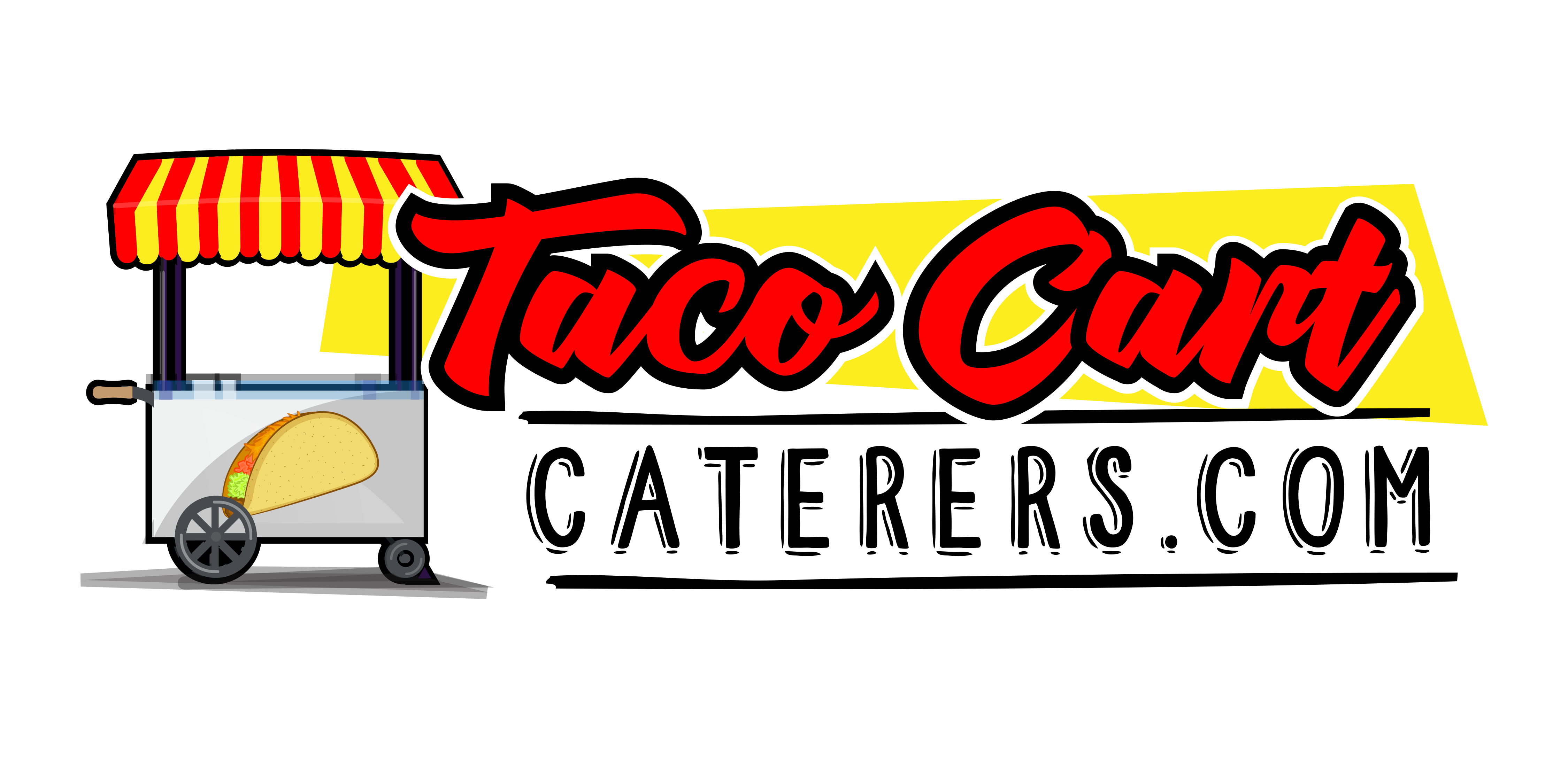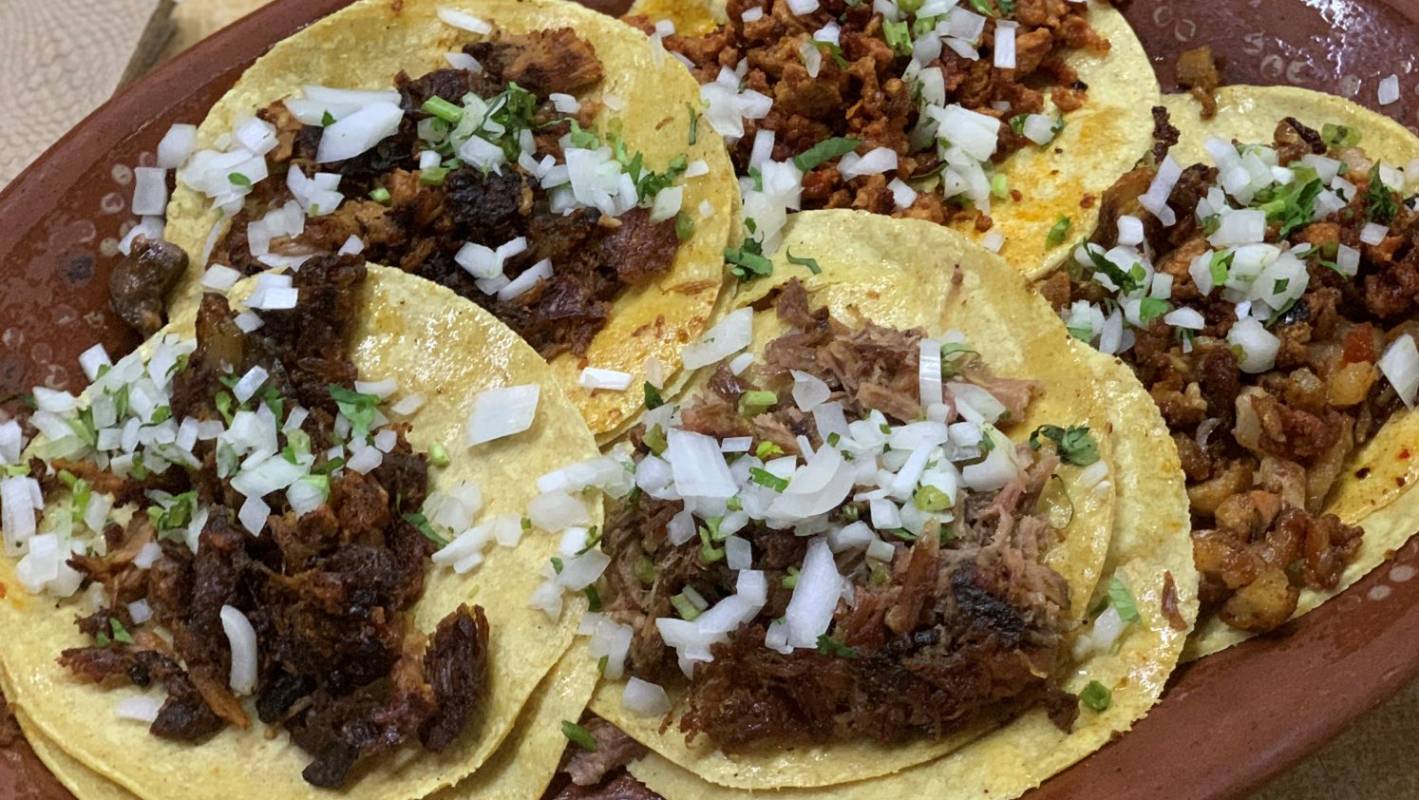I’m up the top of the Yucatan peninsula in Mexico. I had such grand plans to do some sort of take on the local cuisine; maybe trot down to a market and make the most of the produce, toy around with a few ingredients, that sort of thing. That plan was very quickly abandoned as it dawned on me that a lot of the produce here is virtually unobtainable back home. In turn, I realized that it would be far more useful and interesting to go on about the one thing I’ve been stuffing my face with since I got here; the one thing you can’t escape from in Mexico, nor would you want to: the humble taco.
Back in New Zealand, we seem to have a tendency to dress them up a bit like burgers and going a little overboard on the fillings. If I’ve learned anything about what makes a good taco, it’s that less is more. Simplicity rules. Here are a few pointers.
THE TORTILLA
Sure, they’re just the vehicle, but a good one will make all the difference. I much prefer corn tacos above wheat ones as I think they have more flavor. In New Zealand, Tio Pablo is the brand to look out for. Using your fingers, brush them with a tiny bit of water before heating them in a pan. Wrap them in a warm tea towel to stop them from drying out. My absolute favorite tortillas are the ones made from blue corn. Again, Tio Pablo has blue corn masa (flour), and it is absolutely worthwhile to make them yourself – a task that is much easier than it sounds. In a mixing bowl, combine 3 cups of cornmeal, be it blue or yellow, with 2 teaspoons sea salt, then work in 2 cups of water to create a springy, smooth dough. Add a little more cornmeal if it is still a bit sticky. Divide the dough into 12 equal balls, then flatten out using a taco press (a worthwhile investment) or a rolling pin. Get a heavy pan (the heavier, the better) going over high heat. Cook each tortilla on either side for several minutes and then transfer to a warm tea towel.
THE GARNISHES
Basically, there is no right or wrong answer. Delving into the world of salsa has proved fascinating, if somewhat overwhelming. There are literally hundreds of different varieties, from the typical salsa roja, meaning “red sauce” – which is made with cooked tomatoes, onion, garlic, coriander and chili to taste – and salsa verde, to ones made with pineapple, mango and even carrot. We’re lucky enough to have Culley’s in New Zealand, which does a brilliant range of hot sauces.
Add what you fancy. Besides the essentials – lime wedges, red salsa, green salsa, and chopped white onion with finely chopped coriander (you may want to keep the two separate but I like them together) – there is a whole plethora of possible accompaniments, from chipotle crema to avocado sauce to mayo (Mexicans are crazy about mayonnaise). I like to keep it simple. Chopped white onion, hot sauce and coriander with a squeeze of lime always keeps me happy; I don’t think you need much more than that.
THE FILLINGS
Again, it’s about the endless possibilities. Frankly, if you can eat it, it can go in a tortilla. You don’t need to complicate things. Nothing wrong with a bit of simply grilled steak, cooked rare, then roughly sliced up. I find that fish or prawns are best done as simply as possible; grilled very quickly over high heat with little more than a bit of salt, pepper and lemon – although diced snapper or gurnard fried in lots of butter before spooned over warm tacos is pretty delicious too.
Adobo seasoning, a spice mix that is fairly easy to get in New Zealand, is pretty ubiquitous owing to its versatility. It is most commonly used with pork, but can just as easily be used to season chicken, beef, fish and prawns. Keep an eye out for it in the supermarket. Tacos al pastor is pork that has been seasoned with adobo, quickly grilled and then thinly sliced.
One of my absolute favorites is tacos de lengua, or beef tongue. Apparently a taqueria is only really a taqueria when they offer beef tongue tacos. Don’t be squeamish about the sound of them, they’re absolutely delicious and fairly straightforward to prepare. Take a whole beef tongue and add to a saucepan of beef stock with a couple of bay leaves, some garlic cloves, a couple of whole peppercorns and a quartered onion. Allow to simmer for 2-3 hours until the tongue is beautifully tender. Dice and then grill before serving in tacos with all the usual garnishes.
I ought to point out that some of the best tacos I’ve had have been vegan. Grilled corn, blackened over a grill until it is sweet and popping, then shaved off the cob and tossed with diced avocado, coriander and a little chili. Delish.
In an intense market on the outskirts of Mexico City, I got to try tacos de cabeza, which are made from slow-cooked cow’s head. I’ve long been a staunch aficionado of offal, and this was no disappointment. The range of flavors and textures is astonishing, from the cheek to the tongue, and – after being diced up and then grilled on a hot plate, dressed with a bit of lime juice and the usual suspects – it proved to be one of the most delicious things I’ve ever eaten.

